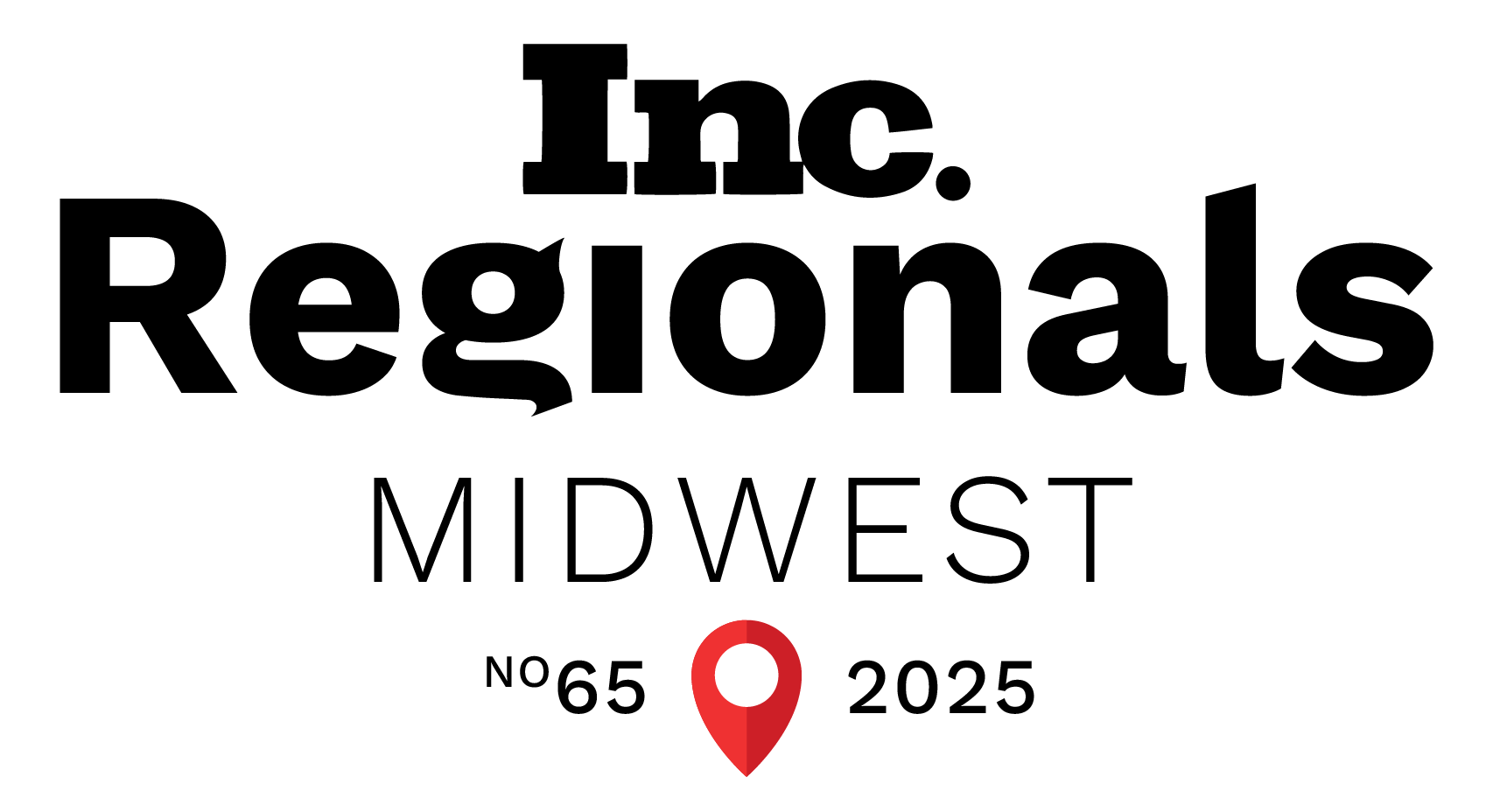Don’t Panic: How to Deal with Google’s New Mobile-First Index

In This Article
Since forever, Google’s primary search index was from a desktop’s view of a website. After all, that’s where the majority of searches were coming from. But now, as more users across the globe access Google from their phones, Google is shifting its algorithmic gears. The new shift is called mobile-first index.
Google’s new mobile-first index will generate and rank search results based on mobile versions instead of desktop ones. In other words, it’s a total game changer. Let’s dive into how and why mobile optimization is more important than ever.
What do we mean by index?
When a searcher types a query, Google sifts through millions of pages across the web before it chooses what to show you in a search result. This sifting (otherwise known as crawling) is what we mean by “index.” Anything you see in a search result is indexed. These pages are the ones Google has deemed the most relevant to the search, user friendly, and have the best optimization.
So what’s mobile-first index?
Mobile-first literally just means Google is going to index mobile versions before it indexes desktop versions of websites—a huge flux in the system.
So if a website’s mobile version is missing content from the desktop one, pages load slower, or usability is just flat out poor, that’s all Google’s going to see. If you have a mobile site, mobile-first index won’t take your super polished and pretty desktop site into account anymore.
If you don’t have a mobile version of your site, don’t worry (yet).
Google did say that mobile-first won’t have a major effect on rankings. If you don’t have a mobile version, desktop sites will continue to be indexed as they are. For now, you won’t be penalized or rewarded for having a mobile-friendly site. But who’s to say what’ll happen down the line?
We can confidently assume that the amount of people accessing the web from mobile devices will continue to rise. Since Google’s main priority is, above all else, to offer the best user experience, it’s only natural that it will continue to adapt as online behavior shifts.
Be prepared for the mobile-first takeover before it happens.
Even though rankings won’t take a huge hit yet, you should still prioritize having a responsive site. Regardless of an algorithm change, user experience goes far beyond solid optimization.
Just because a website shows up on page 1, it doesn’t mean anyone’s going to want to read it. If a site is messy, bland, and hard to navigate, people aren’t going to stay there for very long. But a clean, responsive site with credibility and fast load times? Now that’s more like it.
It all just boils down to this: You want to provide the best experience for your audience in places they already live. Today, that’s mobile.
Invest in a responsive site.
Users expect seamless functionality, so give it to them. Here’s a little breakdown of how your site should look and behave on mobile, although this is by no means an exhaustive list:
- Content should be comparable across both mobile and desktop. Don’t have missing information. Make content as similar as possible.
- Primary information should be as easy to find.
- Not only should information be easy to find, but it should be easy to read. Text and images should fit within the dimensions of every mobile screen. Too often we see text cut off and images skewed. Don’t do that.
- Site organization and layout should be condensed and reconfigured. For example, long-form navigation bars (like the one you probably have on desktop) are hard to read on mobile. Use alternatives like tabbed navigation, hamburgers, or menu carousel.
- Pages should load quickly.
Now for the technical recommendations per the Google Webmaster Blog:
- If you have a mobile site and have only verified the desktop version, add and verify the mobile one.
- Serve structured markup for both mobile and desktop versions of your site.
- Utilize the robots.txt Tester to confirm Googlebot has access to your mobile site.
Scope out more mobile-first index tips on Google’s blog.
If you aren’t equipped to make these changes, it’s best you consult with a web developer to move toward a more mobile-friendly site.
Must-read articles
Looking for something else?
There's so much more
Ready to Inquire?














